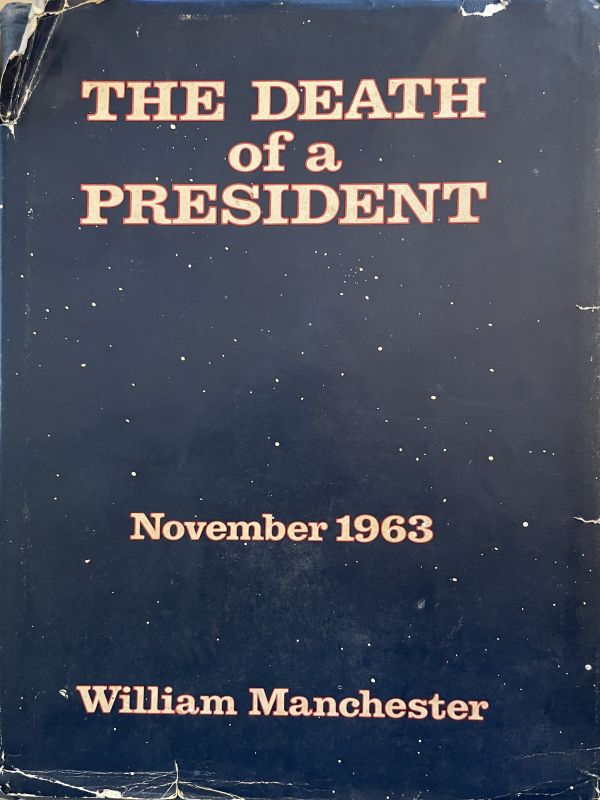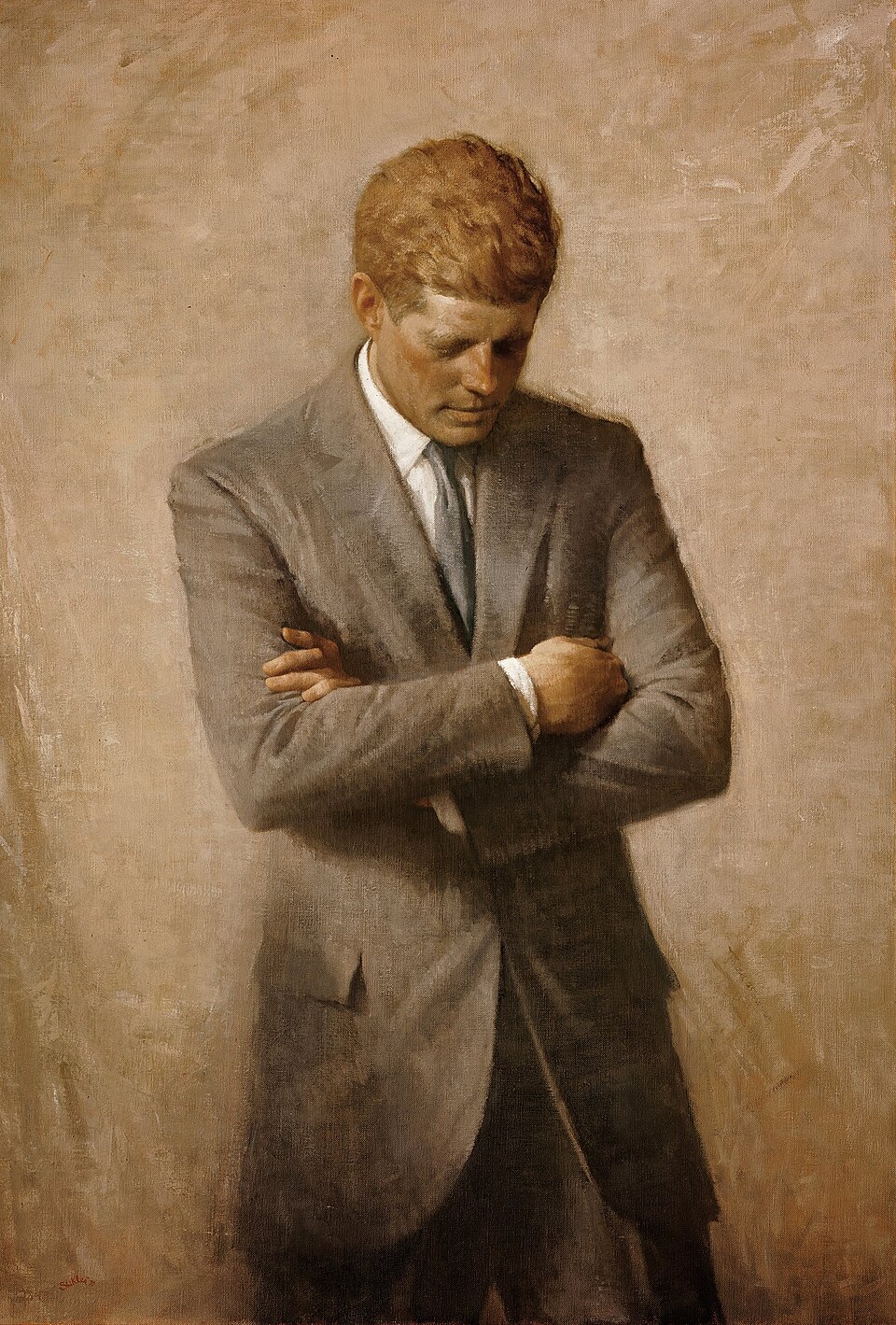


The Death of a President: November 1963 is a meticulously detailed account of the JFK assassination. To say it’s comprehensive is not enough. It’s an immersion.
High Point: The fascinating insights into the many individual events surrounding the assassination.
Low Point: The book–at more than 700 intense pages–will leave you spent.
Authors: William Manchester
Publication Date: 1967
Genre: History
Project Gutenberg: Not available
LibriVox: Not available
Movie/TV Adaptation: None
Most of us, of course, have experienced historical events that impacted us so suddenly and deeply that we can remember where we were and how we felt when we heard the news.
Many of these events are tragic. For me, they include, among others, the Challenger and Columbia space shuttle disasters, the September 11 terrorist attacks, and most of all, the assassination of President Kennedy.
Shock of the Announcement
This was a time when most parents and schools taught children to be respectful of the office of the President, regardless of politics. At the time, I was a young child in elementary school. But I can still feel the shock I felt when our principal announced over the public address system that the President had been killed in Dallas.
That’s why William Manchester’s The Death of a President: November 1963 hits home. Manchester provides a meticulously detailed account of the period from November 20-25. To say it’s comprehensive is not enough. Rather, it’s an immersion.
November 22, 1963
Concentrating heavily on Jacqueline Kennedy, Manchester dives deeply into the activities and emotions of the principal characters, bit players and spectators. Much of the book focuses on November 22nd, the day of the assassination, from the time the Kennedys awakened in their Fort Worth hotel; to the motorcade in Dallas; to the time at Parkland Hospital; and on through the flight of Air Force One to Washington and the final drive to the White House. It’s excruciating.
Manchester makes it clear in his foreword that the book is not a simple recitation of facts, but that it’s often flavored with his own perspectives. At times, he even seems a bit churlish, but it makes the book all the more personal and relatable.
Lessons from 1963
There are a couple advantages to reading this book more than 60 years after the event.
For one, the videos of many events described in the book are available on the internet. And they enhance Manchester’s descriptions (and on rare occasions corrects them).
And another may be to recognize there are many similarities in the American social and political environments of the 1960s and the 2020s. That’s not encouraging, and we can only hope we don’t repeat the same short-sighted mistakes.
